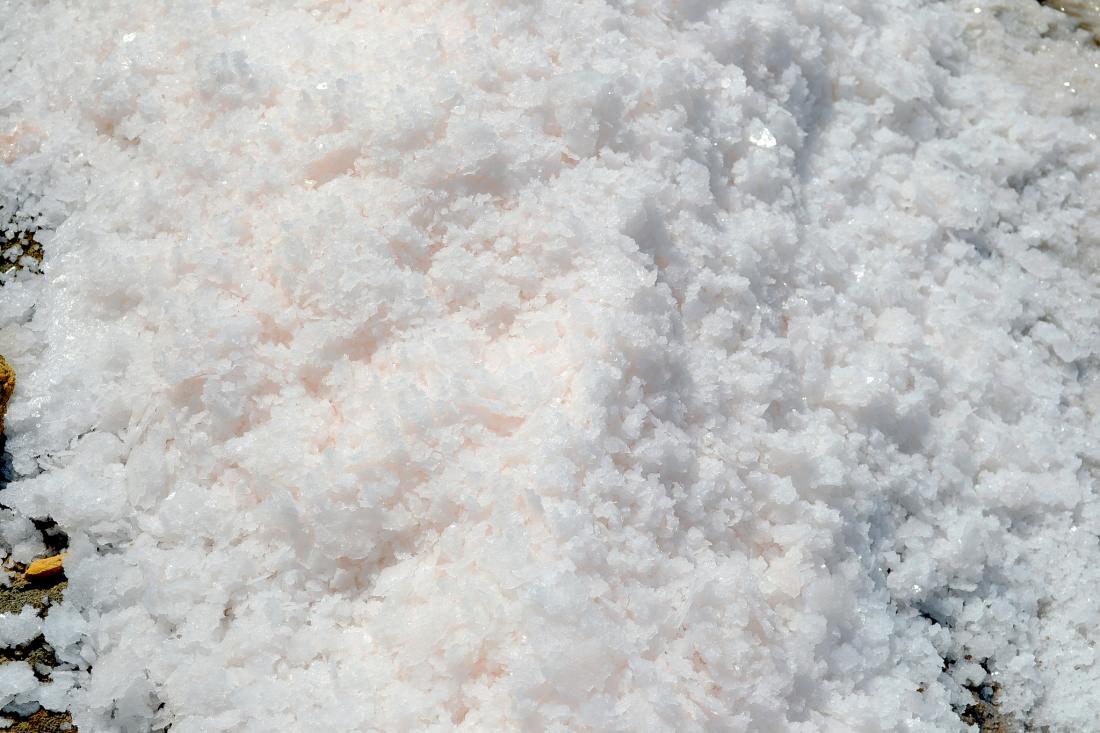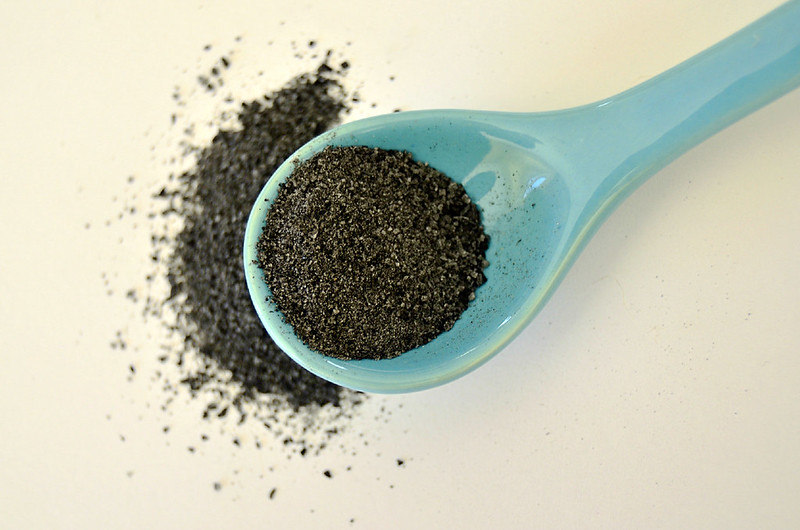[MedArtSal] How many different types of salt do you know?

Any time we visit the supermarket, we discover new types of salt. But these small packages of white gold usually go unnoticed until we realize that our food is lacking some flavor. As you probably know, salt is a chemical compound mainly consisting of chlorine and sodium, which is considered an essential element for the normal development of almost all living organisms. Unsurprisingly, this mineral has had great relevance in all cultures throughout history. Indeed, mankind has exploited and diversified its consumption in different types of salt.
Salt varieties can be classified following different criteria, whether by the origin (marine, natural spring, mining), type of extraction (artisanal or industrial) or even its use (food or industrial). However, what you are probably willing to know is - what types of salt make an excellent meal? Here we present the 5 most common types of salt that you have surely heard of.
- Coarse salt or sea salt
This type of salt is obtained through evaporation of seawater in the famous salt flats or ‘Salinas’ and it does not normally undergo any refining process. As a final result, we obtain a large-grained salt. Which is why it is known as coarse salt. We usually use this type of salt in our kitchens and it is a high quality salt, rich in other elements such as iodine, calcium, magnesium and manganese. In our dishes, it is usually used to season meats, fish and salads. Add it to your meal to give it a crunchy feel.
- Fine salt or table salt
Of the direct descendant of coarse salt is fine salt, also known as common salt, or table salt. It is extracted from saltpans, mines and salt deposits. The initial product goes through different refining, crushing and washing processes. After removing impurities, anti-caking agents are added to prevent it from hardening (surely, you have seen a salt shaker with grains of salt that fulfill this function). We can find this type of salt on the tables of all restaurants for the purpose of seasoning meals.
- Fleur de sel
The jewel in the crown and currently considered a gourmet or haute cuisine product mainly because of its delicate and subtle characteristics and the difficulty to produce and harvest it. ’Fleur de sel’ salt is produced through evaporation of the seawater contained in very shallow ponds or crystallizers of the salt flats during periods when environmental humidity, temperature and wind are ideal for these salt crystals to form. Following an artisanal technique, salt workers collect the salt from the surface of the crystallizer using a brush or comb to obtain a purely white salt, which does not cake and is soft on the palate. In addition, fleur de sel is rich in other minerals and trace elements, and its content in sodium chloride is lower than in other salts.
- Salt flakes
Like fleur de sel, flaked salt is another product used in haute cuisine. Probably the most famous is Maldon salt (the English city from where it is supposed to have originated). But, did you know that flaked salt is also produced in Mediterranean artisanal Salinas? It is an extraordinary type of salt with a very similar cultivation and harvesting process to fleur de sel. This floating layer of crystallized salt remains suspended between the water surface and the bottom of the pits. Its harvesting requires no wind and it involves different artisan techniques. Another way to produce is to evaporate seawater to obtain brine, which is left to settle in large containers where it is filtered and boiled. By controlling the temperature and boiling time, we can obtain these very pure salt flakes with a crispy texture, which are used in the final dressing of sophisticated dishes.
- Black salt
Stick to black! Black salt is probably one the one of the most exciting types of salt. There are different types of black salt, depending on the location and process it originates from. However, among the best known we find Himalayan black salt or Kala Namak - a thick mineral salt, unrefined and obviously dark in color due to its volcanic origin. It also has a strong sulfurous smell and taste which makes it suitable for exotic Asian dishes with intense and pungent flavors. Everybody will be intrigued to know what this secret ingredient is.

Black Salt - Image by Michelle Peters - Jones, Flickr
One of the main actions of the project Medartsal involves working close with managers and owners of artisanal Salinas to enhance the value of salt products and diversify salt-related products. These hand-harvested salts usually contain low sodium and and a high amount of minerals, which can addan undeniable unique texture and flavor to many dishes. The Medarsrtsal project will foster collaborations on B2C (resident and tourists) and B2B (GDO and HO.RE.CA) markets, to promote these amazing features of the artisanal salt in the Mediterranean.









